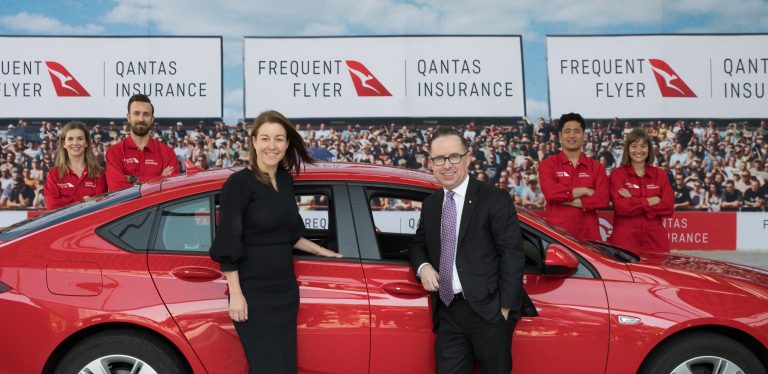Understanding The Hidden Costs Of Auto Insurance
Auto insurance is a necessary expense for all vehicle owners, serving as a vital financial safety net in the event of accidents, theft, or damage to your car.
However, many individuals require assistance in understanding the complexities of their policy.
The fine print may conceal hidden costs that can unexpectedly accumulate and catch drivers off guard.
It’s essential to comprehend what you’re paying for and what you’re not covered for before committing to a policy.
This article explores the hidden expenses associated with car insurance and guides how to avoid them.
Whether you’re a novice driver or an experienced one, deciphering the insurance terminology can ultimately save you money.
We’ll demystify the details from deductibles to coverage limits and help you make informed decisions regarding your car insurance policy.
So, fasten your seat belt and prepare to hit the road confidently, ensuring you’re adequately protected without any covert costs.
Understanding the Fine Print
Most insurance policies come with fine print, often challenging to decipher.
Nevertheless, it is imperative to read and comprehend the policy’s content before signing. By being diligent, this prevents any unpleasant surprises in the future.
Key terms necessitating comprehension include deductibles, co-payments, and coverage limits.
Deductibles and Co-Payments
A deductible is the initial amount you must pay out of pocket before your insurance coverage activates. For instance, if your car sustains $1,000 in damage, and you have a $500 deductible, you’ll be accountable for the initial $500.
Conversely, co-payments are fixed amounts you pay for specific services, such as towing or renting a car. These costs can quickly accrue, underscoring the significance of understanding your policy’s coverage details.
Coverage Limits
Coverage limits denote the maximum sum your insurance provider will disburse for a covered claim.
For instance, if you face $75,000 in medical bills, but your coverage limit is $25,000, your insurance company will only cover the latter. Select coverage limits which meet the financial realities of your situation.
Individuals with substantial assets may consider higher coverage limits to shield their finances against potential lawsuits.
Types of Coverage
Auto insurance policies generally offer several coverage types, including liability, collision, and comprehensive coverage.
Liability Coverage
Liability coverage is required in many states and covers damages you cause to other individuals and their property, including medical expenses, lost wages and property damage. It does not extend to cover personal injuries sustained from driving vehicles.
Collision Coverage
Collision coverage covers your vehicle’s repair or replacement costs after an accident, regardless of who was at fault. While not mandated by law, lenders often require it for vehicles being financed through them.
Comprehensive Coverage
Comprehensive insurance provides coverage against non-collision events like theft, vandalism and weather-related damage that doesn’t involve collision. While not required by law but may be requested by lenders.
Additional Coverage Options (Optional)
Auto insurance policies often come equipped with additional options beyond core coverage types;
Personal Injury Protection (PIP)
This covers medical costs and lost earnings in an accident regardless of who caused it, regardless of fault.Some states mandate this coverage.
Uninsured/Underinsured Motorist Coverage
This coverage occurs when a driver at fault lacks sufficient insurance to cover all damages and injuries. While not legally required, it can be a prudent investment.
Roadside Assistance
Roadside assistance covers expenses related to tow trucks or emergency services in case of vehicle breakdowns or accidents.
Factors Impacting Auto Insurance Costs
Auto insurance costs fluctuate based on a range of factors, including:
- Age and Gender: Younger and male drivers usually face higher insurance premiums.
- Driving Record: Drivers with a history of accidents or traffic violations typically pay more for insurance.
- Vehicle Type: Expensive or high-performance vehicles often command higher insurance premiums.
- Location: Urban drivers may face higher insurance rates than rural drivers.
- Credit Score: Drivers with poor credit scores may incur higher insurance premiums.
Hidden fees
Auto insurance policies often come with hidden fees in addition to basic premiums, including:
- Administrative Fees: Some insurers charge administrative fees for policy processing or coverage modifications.
- Late Payment Fees: Failing to make a timely payment could result in late fees being assessed against you.
- Cancellation Fees: Canceling before its term has ended could result in cancellation fees.
- Broker Fees: Brokers may charge fees for providing their services when procuring insurance policies through them.
Avoid these fees by reading through and understanding all aspects of a policy carefully before signing it.
Tips for Finding Affordable Auto Insurance
Finding cost-effective coverage may seem costly; but with these strategies at hand it may become more affordable:
- Shop Around: Compare quotes from multiple insurers to identify the best deal.
- Raising deductibles: This may lower premiums but ensure you have enough savings set aside to cover this additional deductible if a claim arises.
- Search For Discounts: Many insurers provide discounts for safe driving, multiple vehicles or bundling policies.
- Maintain Good Credit: Raising your credit score could lower insurance premiums
- Drive Safely: To maintain low insurance premiums avoid accidents and traffic violations in order to keep costs under control.
Conclusion
Car insurance is an integral expense for vehicle owners. Understanding its fine print and hidden costs is critical in order to avoid unpleasant surprises later.
Understanding deductibles, coverage limits and additional coverage options is key to making informed decisions regarding your auto insurance policy.
To find cost-effective coverage solutions from various providers and secure discounts while upholding a clean driving history is also key.
Secure your finances while traversing the open road with confidence by investing in auto insurance coverage that best meets your needs.






